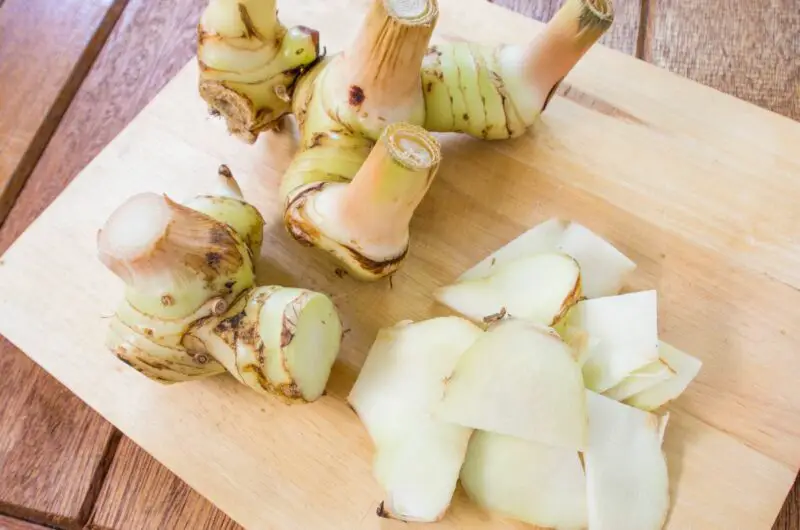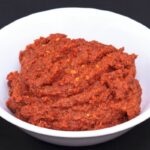When it comes to spices, you’re spoiled for choice with all the different types that you can use to add deliciously warming edges to your favorite dishes.
However, one of the very best spices to try is galangal, which is related to popular spices like turmeric and ginger.
Part of the reason that galangal is such a great pick is thanks to its flavor, which has a sharp sense of citrus to it, with hints of pine.
There’s also some sweetness to it, as well as pepperiness.
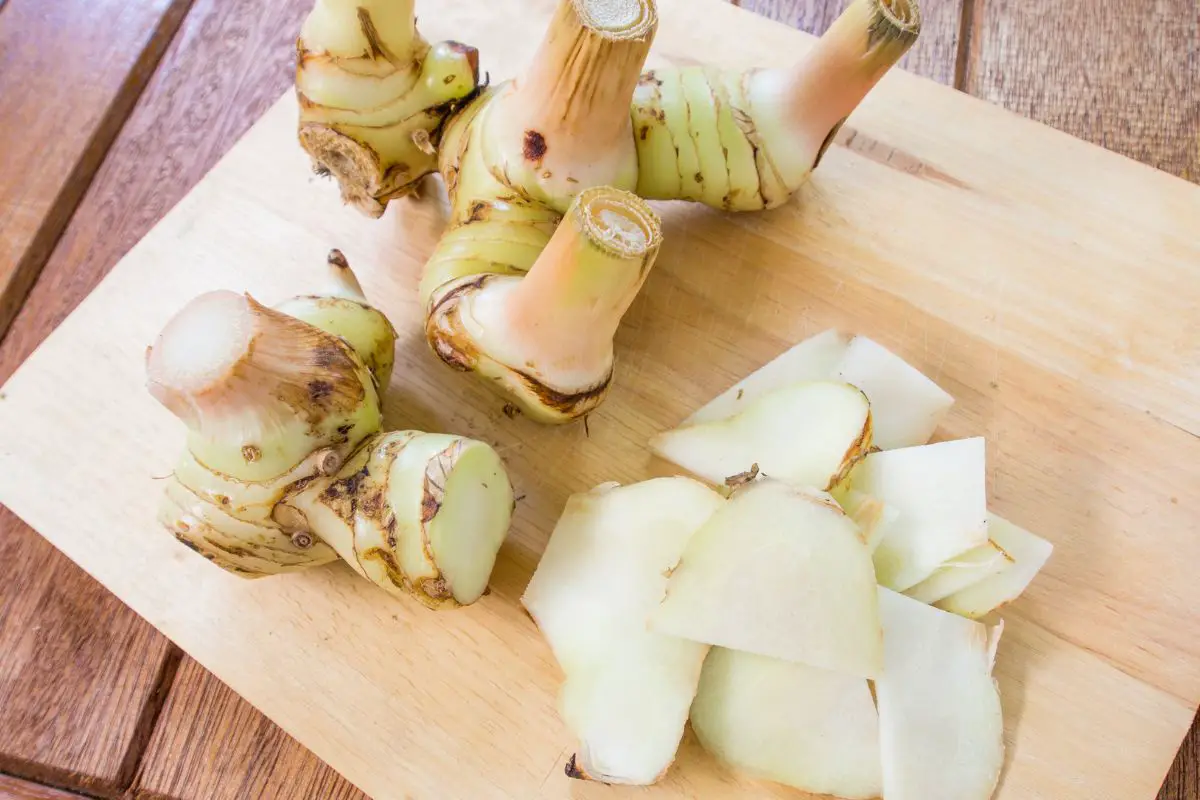
You’ve probably come across galangal in plenty of Asian dishes, because it’s a very popular spice to use in their cuisine.
It’s a spice that’s used in things like curries and soups, but it’s also been used to add flavor to certain types of meat and fish too.
As you can tell, galangal is a delicious spice that’s much-sought after. However, what happens if you can’t get hold of some? Do you have to miss out on its sharp, sweet flavor?
Thankfully, no! There are a handful of great substitutes you can use in place of galangal, and they all give you a similar flavor and effect.
In our handy guide below, we’ve got the 6 best of these galangal substitutes. Read on!
What Is Galangal?
Galangal is the name that’s given to a few different types of tropical rhizomatous spices, and it’s a plant of the ginger family.
As a result, it’s got a daily similar flavor to the popular spice that is ginger, with an earthy and intense flavor.
However, it differs from ginger in that it’s got a citrus, lemon-type edge to it that makes it extra effective at pairing with fresh fruit or lemongrass.
On top of that, galangal is less spicy than common ginger, instead having more of a pepper edge to it.
Galangal is native to Southeast Asia, and it’s often used in dishes from Indonesia and Thailand, thanks to its great flavor.
However, these dishes will always use a carefully-chosen amount of galangal, because it’s a spice that’s known to overwhelm other flavors if you use too much of it.
For this reason, if you’re using it yourself then you should begin using only a little amount, then add a touch more if you need it.
In terms of you can use galanga, there are various forms. If you’re using it in its fresh state, then you’ll need to peel its skin off before you slice the spice’s flesh.
This is because the outer parts of galangal are inedible. Meanwhile, you can also use ground galangal powder instead, though it’s not going to give you quite the same great flavor as using it fresh or dry.
Galangal Substitutes – The 6 Best Alternatives!
Galangal is a great spice to use in your dishes, whether you’re making Thai or Indonesian dishes or not (where they’re popular), but if you can’t get hold of some galangal then there’s no need to worry.
Why? Well, you can try these alternatives instead! Each of these 6 galangal substitutes should give you a similar flavor and effect to galangal.
1. Lemongrass
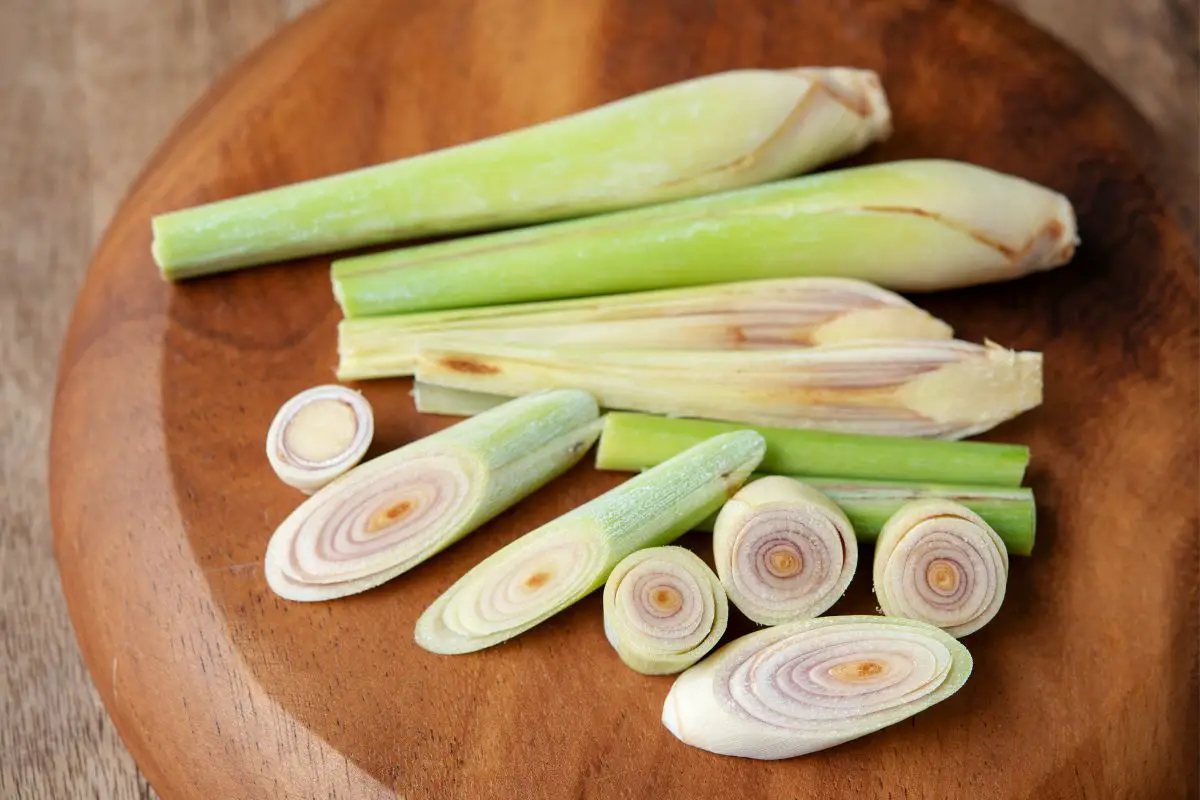
We’re starting our list off with lemongrass, a tropical type of grass that – you guessed it! – has a lemon flavor to it.
These have a mild citrus flavor to them, but also have a hint of ginger. This makes them an ideal substitute for galangal, which is related to ginger and has a hint of lemon to its taste!
Typically used as a substitute for lemon flavoring, lemongrass is commonly used in Vietnamese and Thai cuisine, giving plenty of different dishes a refreshing, mild burst of citrus – and just a hint of spicy, warming ginger.
It can be used in a wide variety of dishes, everything from curries and soups to salads and stir-fries. You can even use it to give a citrus edge to roasted meats! On top of that, it also works well in tea or cocktails.
Much like galangal, you need to use lemongrass in moderation, otherwise it will overwhelm the other flavors of your dish! Begin by adding a little of it, then add a tiny bit more if you want it.
2. Ginger
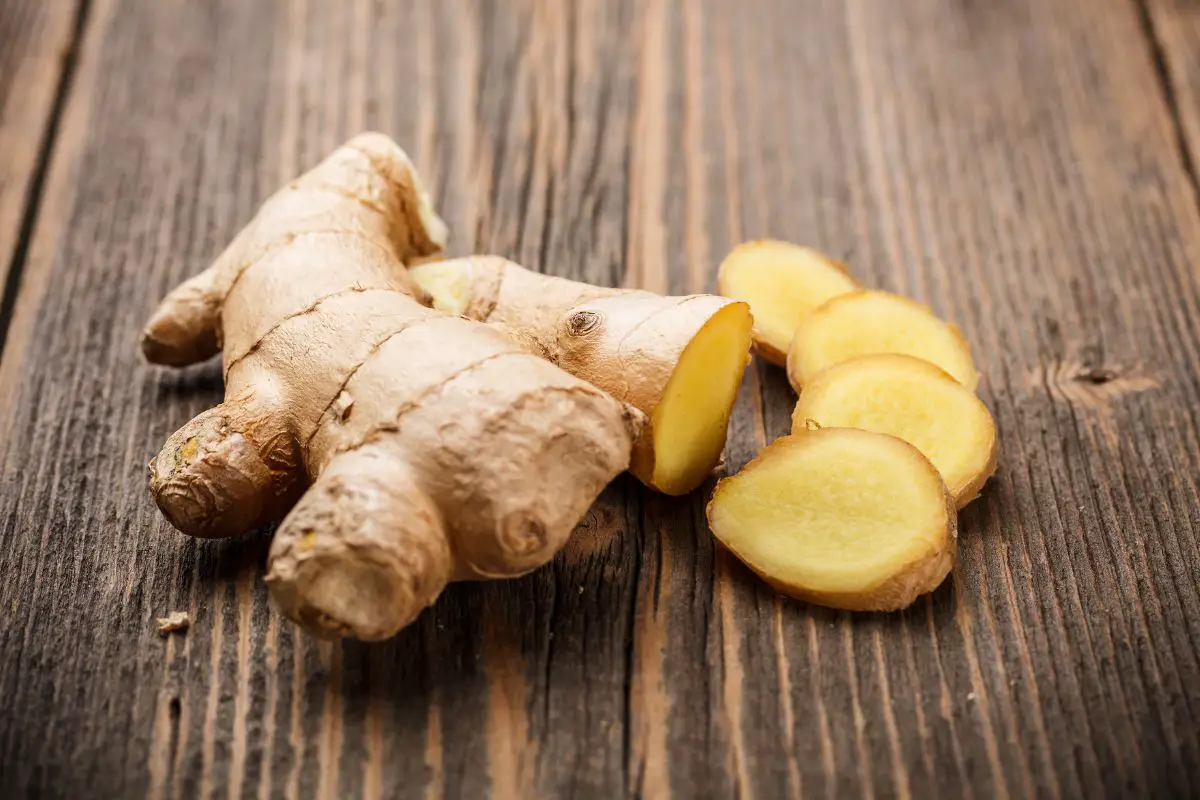
It’s no surprise that ginger makes a great substitute for galangal, given that galangal is part of the ginger family!
Naturally, ginger has a similar flavor to it, with plenty of earthiness and intensity, but ginger is lacking the lemony hint that galangal has.
You might taste hints of something like lemon in it, but it lacks the sourness and is more spicy.
Ginger itself is a flowering plant, and it’s really the rhizome (ginger or ginger root) that is used as the spice. You can use it in a few different forms: fresh, dry, or as a ground powder.
If you use fresh ginger, then you’ll find that it gives you the strongest ginger flavor, with a sharp spice, sweetness, and a hint of lemon that makes dishes far more flavorful.
Meanwhile, using dry ginger still gives you spiciness, but it’s a lot milder, and ground ginger powder keeps some of the spiciness and the sweetness but it also more mild.
If you’ve got young ginger, then the skin will be so thin that you won’t need to peel it. However, with older gingers you might want to peel the skin before cooking it.
3. Fingerroot
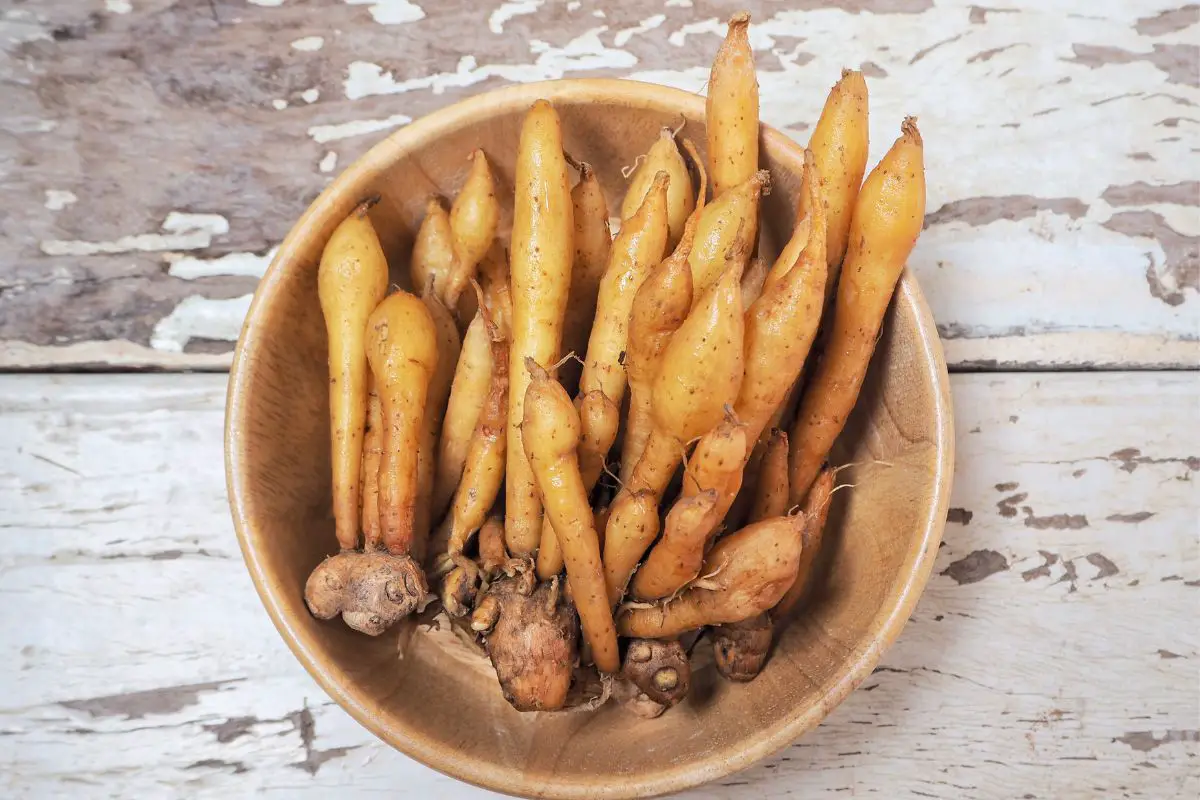
Our next pick is one you might not have come across so much. Fingerroot is a herb that comes from China and Southeast Asia, and it gets its English name from the fact that the herb resembles fingers.
In terms of its taste, you’ll find that fingerroot has an earthy and pepper flavor to it, which makes it a good substitute for galangal.
However, it also has hints of sweetness and bitterness to it, and it has a milder flavor than something ginger.
Its flavor has caused it to be a common ingredient in Lao and Thai cuisine, where it adds subtle spice and flavor to soups, stir-fries, and curries, among other dishes.
However, much like galangal, you need to use the herb sparingly in your meals because it can easily overwhelm all the flavors. As a result, try to peel it and slice it so that it’s very thin, then add only a little to the dish.
4. Galangal Paste
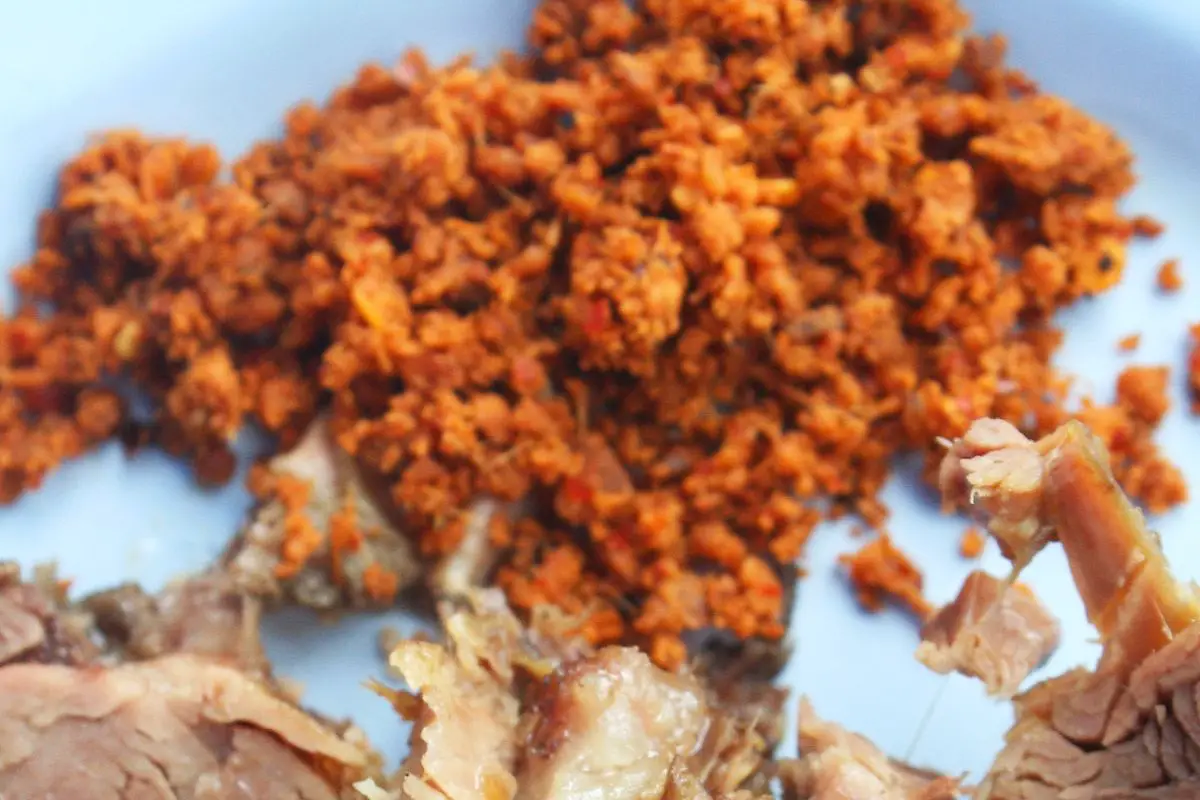
It’s no surprise that galangal paste is a great substitute for galangal, since it’s a delicious paste that has been made from galangal itself.
In order to make the paste, the galangal is peeled, then chopped, and then ground down into a paste-like texture.
As a result, you’ll get some of its sweet and peppery flavor, only in a different form. It works especially well with Thai cuisine, going well with things like stir-fries, curries, and even fish cakes.
Remember, though, that galangal paste should be used in moderation – just like regular galangal! A little goes a long way, and you don’t want to overwhelm the other flavors in your dishes.
5. Kaffir Lime Leaves
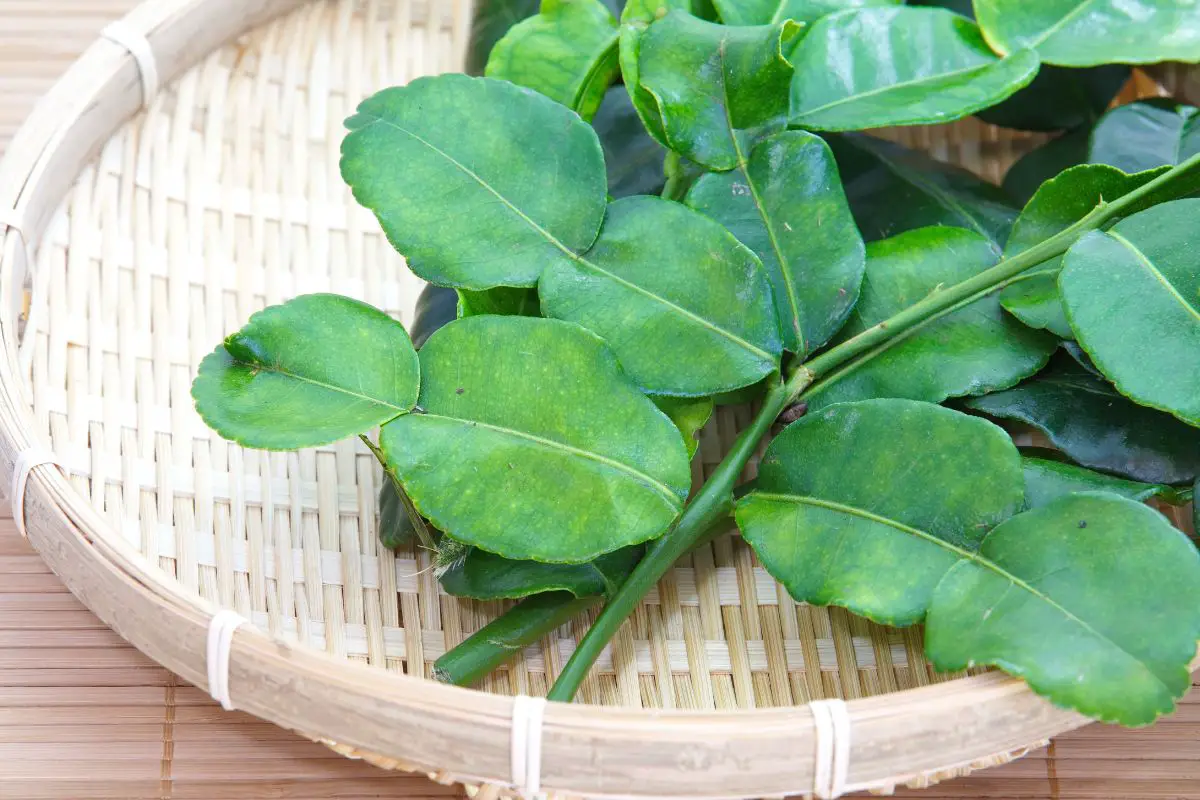
Our next pick is something a little different, being the double-leaves from kaffir lime trees.
Since they’re lime trees, you can expect a hint of citrus in the flavor that these leaves will give your cooking, but they also offer a mild level of spiciness too.
In order to add them to your meals, you’ll want to finely chop them up. They go with a whole range of dishes, too, being commonly used in things like curries, soups, and stir-fries.
When you use these as a substitute for the first time, you’ll want to only add a little amount, then taste it and see if the flavor is close to what you’d get from galangal. If not, try adding a little more!
Our final substitute is dried ginger powder, which has a strong flavor that’s got plenty of spiciness and sweetness in it.
As a result, it’s a great alternative to galangal, which is no surprise given that galagal is related to ginger anyway.
6. Dried Ginger Powder
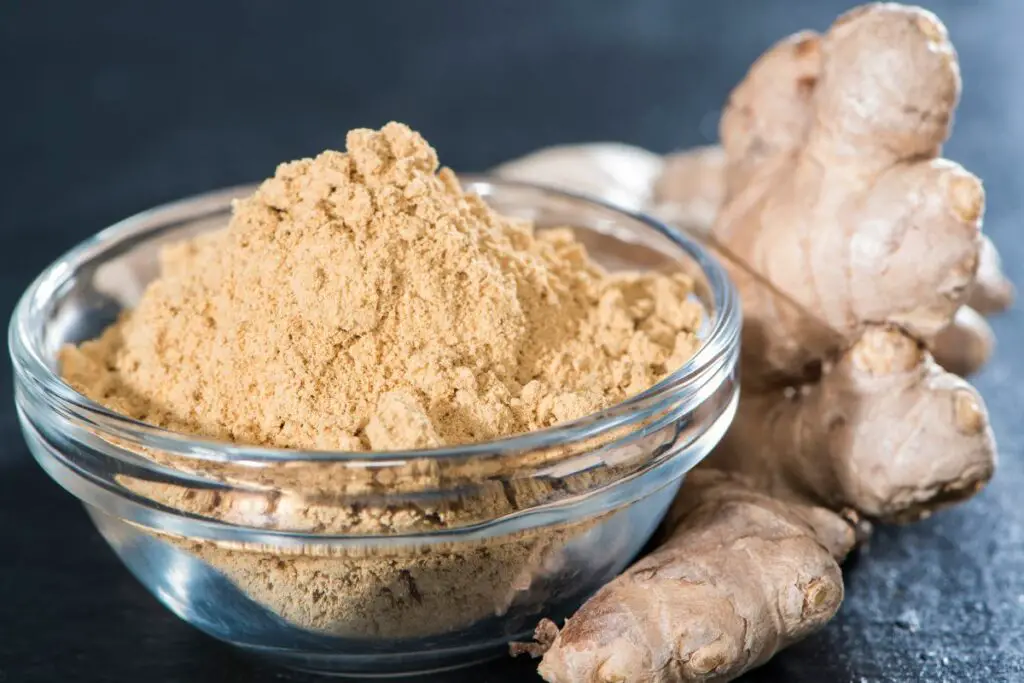
Ginger powder is used to add flavor and spice to loads of different dishes, from curries and soups to even being used as a seasoning for meat. It’s especially popular in Indian cuisine!
Final Thoughts
Galangal is a great spice to use in your cooking, adding sweetness, pepperiness, and even a hint of citrus. If you can’t find any galangal, though, these 6 terrific galangal substitutes will do the job!
Galangal Substitutes – The 6 Best Alternatives!
Course: Substitutes4
servings30
minutes40
minutes300
kcalIngredients
Lemongrass
Ginger
Fingerroot
Galangal Paste
Kaffir Lime Leaves
Dried Ginger Powder
Directions
- Decide on what substitute you need
- Pick a substitute from the list above
- Read what you need to substitute with
- Create the recipe and enjoy
Recipe Video
https://www.youtube.com/watch?v=ADuHC0i7qlIVideo can’t be loaded because JavaScript is disabled: What is Galangal? (and how to make Galangal Paste) (https://www.youtube.com/watch?v=ADuHC0i7qlI)- What Exactly Do Chickpeas Taste Like? Is There A Distinct Flavor? - September 30, 2023
- Top 11 Low Carb Options at Sonic Drive-In for Keto Diet - September 30, 2023
- What Should You Serve Alongside Potato Salad? 8 Incredible Side Dishes - September 30, 2023

